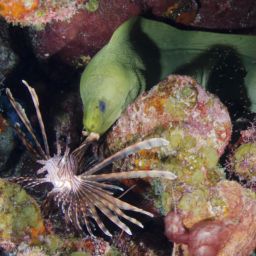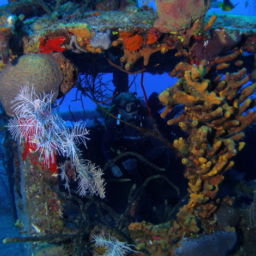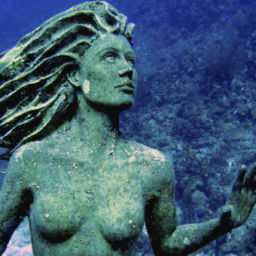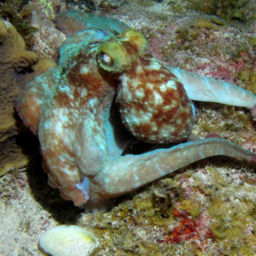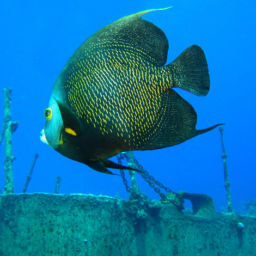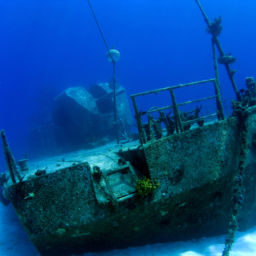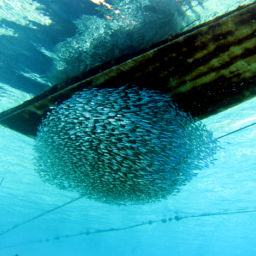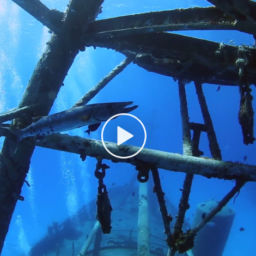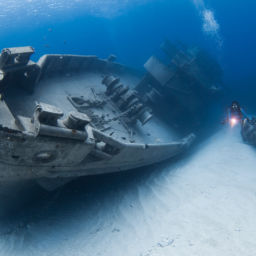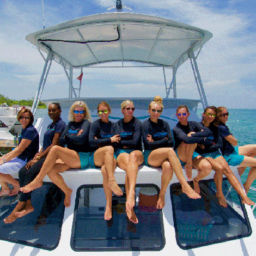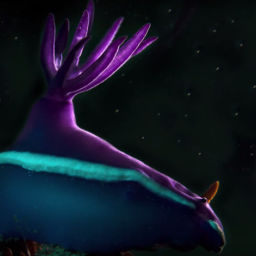Divers, dive magazines and online travel sites all agree: Bloody Bay Marine Park in Little Cayman is a world-class destination.The Cayman Islands feature 365 moored dive sites. While Grand Cayman is surrounded by 240 of them; Cayman Brac, 75 miles (120 km) to the northeast, offers 65 more sites, and Little Cayman, 5 miles (8 km) southwest of Brac, has another 60 sites.
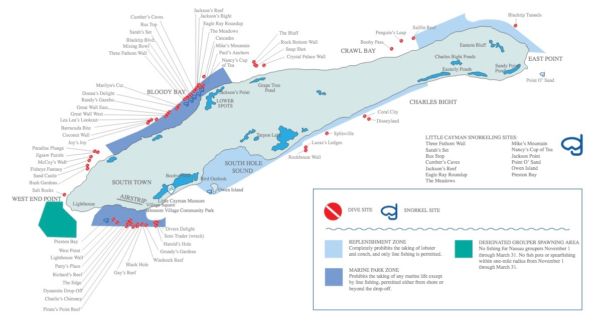
However, more than one-third of the Little Cayman’s dive sites are within Bloody Bay Marine Park, north of the island’s southeast tip. Most are on the edge of one of the Caribbean’s deepest drop-offs of approximately 6,000 feet (2,000 m) –– and each of them provides bloody, bloody good diving.
Here are five of the most popular that parallel the shoreline, including one of the biggest wrecks in the area near Cayman Brac.
Jackson’s Reef
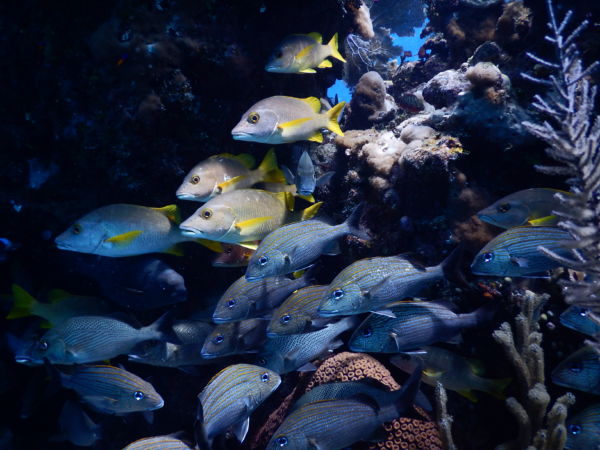
Where it is: Little Cayman Island, north of Jackson’s Point and west of the midpoint along Bloody Bay Wall
What makes it special: About a 20-minute boat ride from the island’s resorts, healthy reefs start at about 30 feet (10 m). There’s little to no current and visibility can reach 100 feet in winter (33 m) and up to 200 feet (66 m) in summer. Expect incredible drop–offs into the deep blue Caribbean Sea that will nearly take your breath away.
Details: There are colorful sponges clinging to the sheer wall, beautiful coral swim-throughs with aquarium-like views through “portholes” to the right and left, tons of colorful tropical fish, an abundance of turtles, lots of lobsters, stingrays, and Caribbean reef sharks and barracuda at the wall’s edge. You may also see dozens of yellowtails and grunts above the brain coral and sea fans.
When to go: Accessible year-round, though it’s best to avoid hurricane season from June 1 through November 30.
Sara’s Set
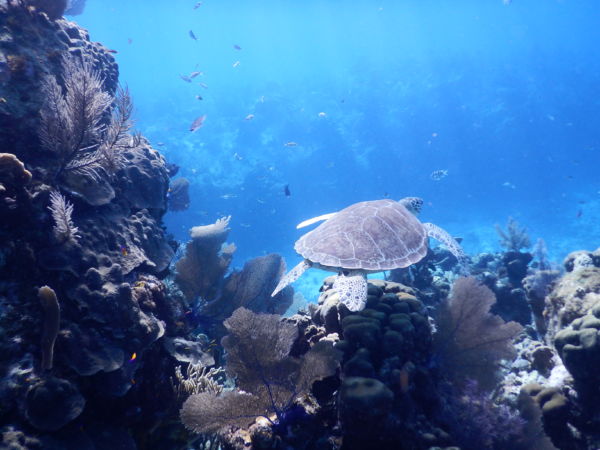
Where it is: Little Cayman Island, west of Jackson’s Reef along Bloody Bay Wall
What makes it special: Named by a divemaster who frequently viewed a local woman bathing nude on the beach, this is just one of many sites with alliterative names along Bloody Bay, including Joy’s Joy, Lea Lea’s Lookout, Blacktip Blvd., and Mike’s Mountain. Excellent diving starting at 20 to 30 feet (7 to 10 m) down to about 80 feet (27 m) along the wall.
Details: Currents can vary because of the dramatic wall drop-off and island breezes. Spotted eagle and lemon rays frequent the area; some even bury themselves in the sand while feeding. Large green sea turtles float by and French angelfish nibble on coral. Nurse sharks entertain divers by nestling in the sand and watch the edge of the wall for reef sharks.
When to go: Year-round but beware of hurricane season.
Great Wall East Reef
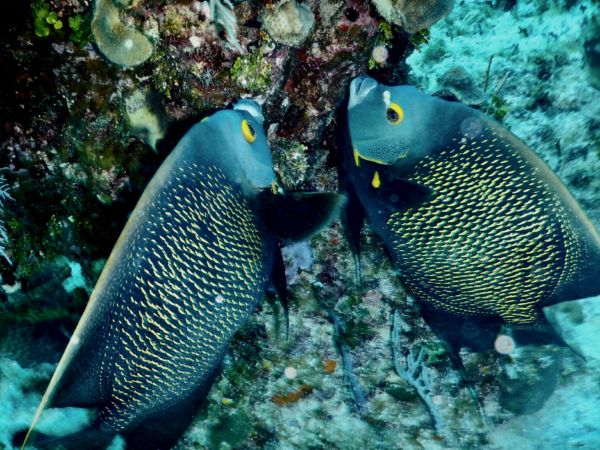
Where it is: Little Cayman, near the mid-point of Bloody Bay Marine Park
What makes it special: This is another spectacular dive site along the dramatic wall with deep drop-offs. It’s a fairly shallow dive that maxes out about 60 feet (20 m) but an average depth would be 20 to 30 feet (7 to 10 m).
Details: It’s not unusual to see a giant sea turtle wedged between some coral and chomping away at some sponge. The reef can be literally swarming with tropical fish, such as small groupers inside barrel sponges, all kinds of tropical fish like squirrelfish, trumpetfish, blue tang, parrotfish, balloonfish, fairy basslets, French angelfish, and a nurse shark or two.
When to go: Year-round except not advised during hurricane season.
Lea Lea’s Lookout
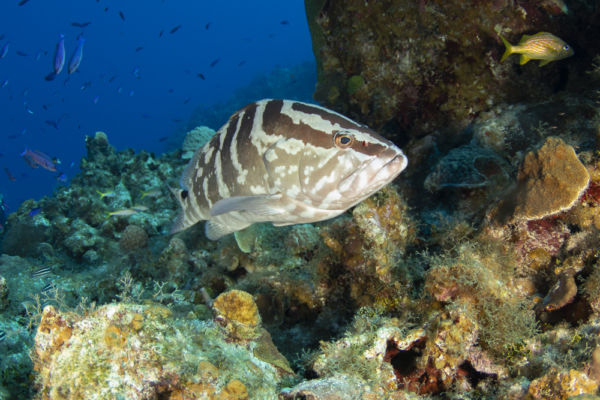
Where it is: Little Cayman’s Bloody Bay Marine Park, between Barracuda Bite, Great Wall East and West.
What makes it special: There are a few long, 6-foot-wide (2 m) coral cuts that you can slowly float through as you view tropical fish and the “Happy Sponge” formed from different sized tubes.
Details: This site bottoms out at 110 feet (36 m), regularly attracts turtles, lobsters of all sizes, features beautiful soft corals, sea fans, and a sheer wall along the dark blue edges.
When to go: Year-round; however, check the hurricane season forecasts.
MV Captain Keith Tibbetts wreck
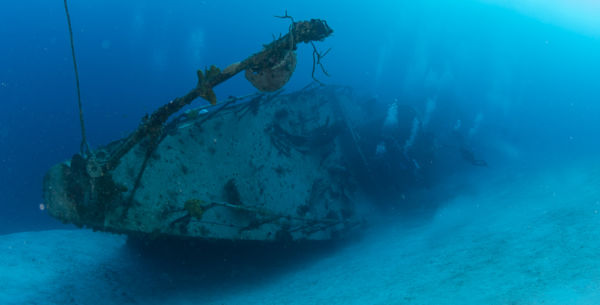
Where it is: Near the southwestern tip of Cayman Brac
What makes it special: This Russian 330-foot long (110 m) battleship was purposely scuttled in 1996; today, it’s one of only two Soviet-built warships that are accessible to Western Hemisphere divers. It broke into two large parts in a 2004 hurricane with its large turret guns, making for a popular photo.
Details: Dive resorts on both Little Cayman and Cayman Brac offer this site as a wreck dive. The site starts at 30 feet (10 m), but rests at 90 feet (30 m), offering opportunities for both beginners and advanced divers. There’s usually little to no current and 90- to 100-foot (30 to 33 m) visibility. On a typical dive, you can see green sea turtles, barracudas, large and small groupers, queen angelfish, lots of colorful tube sponges, and dozens of other tropical fish.
When to go: Year-round, but not recommended during hurricane season. Book in advance because of its popularity and uniqueness.
Author Gil Zeimer took a scuba resort course on Grand Cayman in 1981. He’s been hooked ever since and has explored the underwater world from Australia to Micronesia to Aruba, almost exclusively in warm waters. As a travel writer, journalist, and advertising writer, Gil is passionate about helping diving industry clients promote their sites, resorts, and causes. He lives in Tiburon, California, which is Spanish for “shark.” Find out more about him here or follow him on Facebook.


